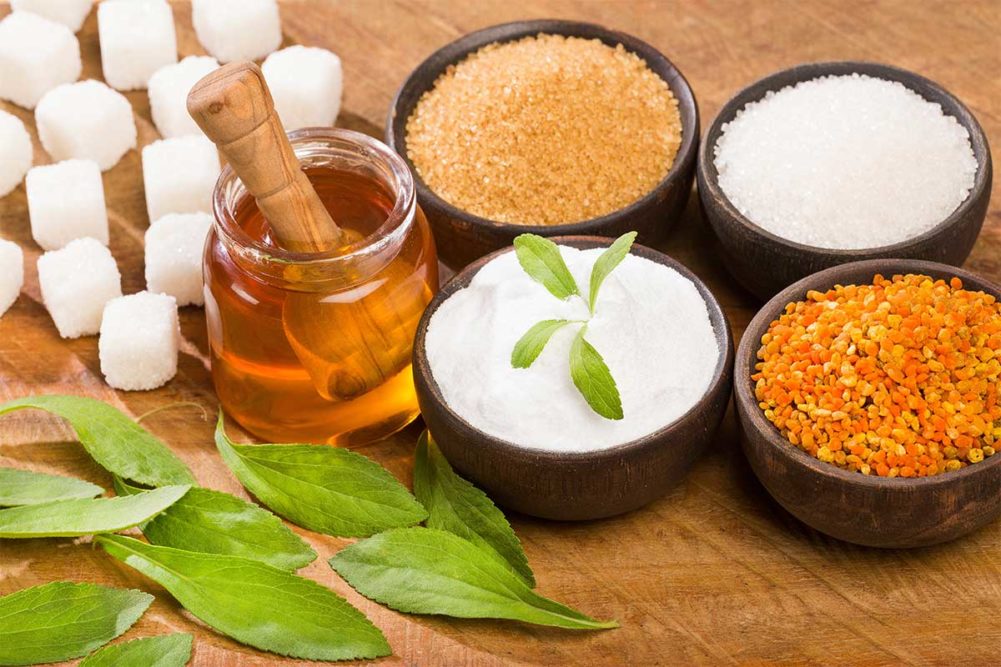Natural sweeteners boost the appeal of baked goods in many ways, but using them to replace sugar in baked goods may pose challenges. One of the biggest obstacles bakers face is fully replicating sugar’s sweetness profile in a formulation. This is especially true in applications like cookies and cake where sugar is used in high amounts.
“If your ingredient swap involves using another sweetener with a lower sweetness impact, you’re going to have to account for the difference,” said Dave Lindhorst, technical services manager, Cargill. “Often, a high-intensity sweetener like stevia can help bridge the gap.”
Sweetness may also onset in a baked good at different times depending on the ingredient chosen, affecting which ones work best together.
“For example, stevia has a more delayed onset of sweetness compared to sugar, so you may consider complementing it with an alternative like allulose or erythritol which exhibits an earlier onset of sweetness,” said Hank Wang, technical director, North America, Howtian.
Beyond sweetness, bakers will need to replicate the other critical functionalities sugar provides, including bulk, volume, browning and moisture retention. This may be done by combining different sweeteners in a formulation and incorporating bulking agents like fiber.
Liquid and dry sweeteners will also behave differently in a formulation and affect the moisture content of baked goods, Mr. Lindhorst noted.
“If you’re combining liquid and dry sweeteners, you’ll need to consider the overall amount of water in the formula, as well as how the sweeteners will be incorporated together,” he said. “You may need to adjust your processes to accommodate blending the dry sweetener into the liquid one.”
Natural sweetener replacements may alter bake times as well, pointed out Joe Savelli, director of culinary innovation, Malt Products.
“Because many natural sweeteners melt easily, recipes containing these sweeteners will finish baking in a fraction of the time as their sugar-laden counterparts” he said. “Check your baked items sooner if you are using natural sweeteners to ensure they don’t burn during baking.”
The leavening system may also need adjusting if replacing sugar in goods where baking soda is the only leavener.
“In these types of applications, the brown sugar activates the baking soda, so you will need to be sure to add in an acidic ingredient with your natural sweetener to be sure you get the same leavening,” he explained. “This can be an addition of lemon juice, yogurt, vinegar or something similar.”
This article is an excerpt from the August 2023 issue of Baking & Snack. To read the entire feature on Sweeteners, click here.






